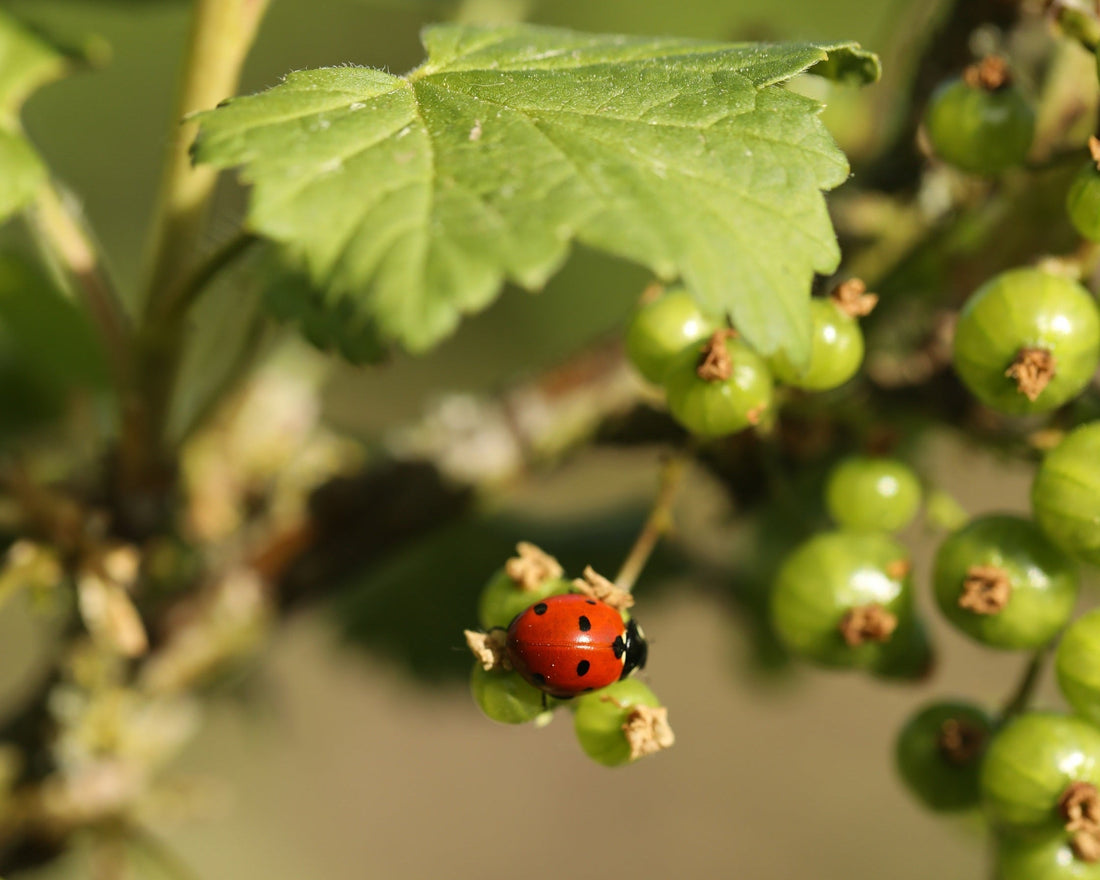The past month at Home Farm has been shaped by an unusually dry spring. With limited rainfall stretching back several weeks, the team has had to adapt quickly across the Estate. While the weather has offered opportunities for timely sowing and ground preparation, it’s also brought real challenges for germination, grass growth, and moisture management.
Adjusting the Rhythm
The dry and bright weather has allowed for the Farm and Market Garden teams to forge quickly ahead with sowing and planting. It was particularly conducive to the completion of oat and barley drilling, however, the lack of consistent rainfall has led to uneven germination in some fields. Similarly, direct-sown crops such as carrots and beets have been slow to establish.
To overcome these challenges, irrigation has been increased to support early plantings, and succession planting is being adjusted to encourage steady harvests later in the season. Compost has been spread across arable and Market Garden beds to improve soil structure and moisture retention—a crucial move given the dry spell. Our focus on building the soil's organic matter is proving valuable in helping crops cope with unpredictable weather.
Pastures and Livestock
The lack of rain has meant slower grass growth in our grazing areas, so the farm team has made some changes to the planned field rotations. To give the fields time to recover, we've also started feeding hay as a supplement, helping to keep both cattle and sheep well nourished.
Despite the challenging conditions, the animals are doing well. Recent calving went smoothly, with all expected births now complete, and regular checks ensure that herds stay healthy and comfortable as we move through the season.
Fruits of Our Labour
Blossom in the orchard was outstanding this spring, and the application of biodynamic tree paste to treat wounds has noticeably improved tree health. As a result, we’re anticipating a strong crop of apples, pears, quince and stone fruits this year.
Consistent attention by the Market Garden team and the dry conditions have all favoured the soft fruits, with early signs pointing to an abundant crop of raspberries, strawberries, blueberries, jostaberries and more. Propagation in the nursery has also gone well, with strong starts for tomatoes, cucumbers, brassicas, and salad crops.
Summer Begins Taking Shape
Across the Estate, there are encouraging signs that the season is finding its rhythm. Wildlife activity has been lively, with the recent bird survey recording over 40 species, including skylarks, kestrels, and lapwings. The first cuckoo of the year has been heard, and early butterflies—brimstones and orange tips among them—are beginning to emerge.
As the team looks ahead to early summer, the focus remains on responding to the dry conditions while keeping essential work on track. Monitoring soil health, pasture growth, and crop development will continue to guide daily decisions. Despite the lack of rainfall, the Home Farm team has laid strong foundations this spring and is well set up for the coming months.

